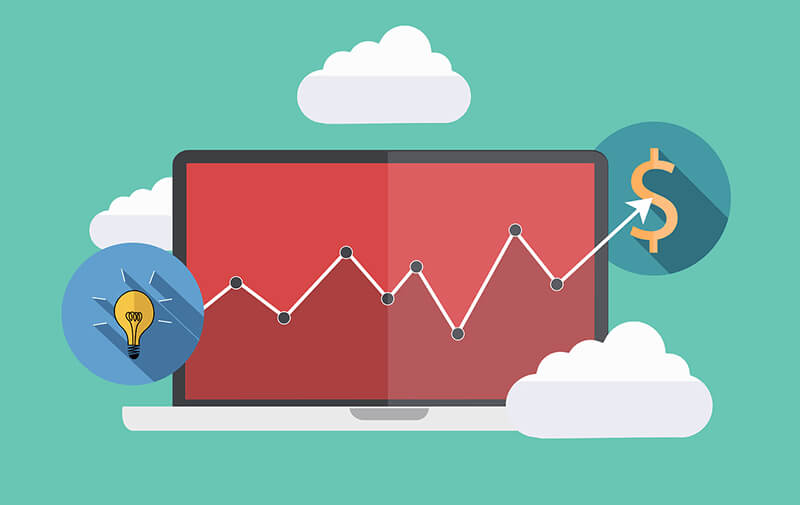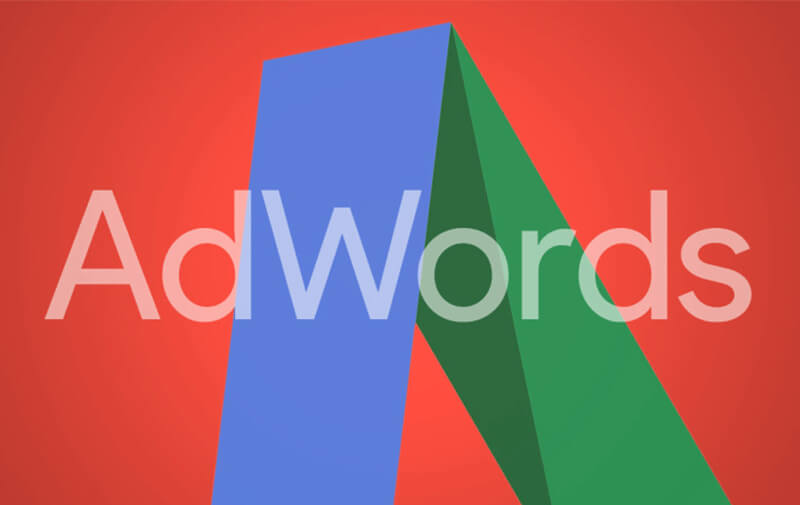As one of the world’s most popular search engine and advertising partner, everything that Google does will undoubtedly affect billions of advertisers and marketers worldwide. Google has been carrying out tests on the four AdWords ads placements since 2006 and recently stepped up these tests in late 2015.
Earlier this year, Google officially decided to make these four ads above the organic search results live, while removing the right-side ads. Therefore, in the new configuration, ads will be shown only on the top and bottom of the search result. This move was a very significant news for many, especially for advertisers who no longer see their ads on the first page. This update by Google also changes the whole AdWords bidding landscape.
What Does It Mean for Marketers & Advertisers
More Competition for Attention

There is a huge implication for marketers because with the fourth line of promoted links added to the search result pages, and two to three ads listed at the bottom of the first page, the remaining search result will become even more precious. The purpose of AdWords is to push listings up the search results and so is that of SEO. Now, with the change, marketers have to compete more aggressively with advertisers for attention, making SEO an even larger concern for those who work to improve their brands’ visibility organically.
More Aggressive Pay-Per-Click (PPC) Strategy

Despite Google going big with those four ads on the top of the search results, this change means fewer ads as a whole, since the sidebar ads no longer display in search results. And the bottom ads that appear below the search results are not affected by this update.
For businesses who invest heavily in paid search and have been enjoying the benefits of PPC on Google, digital marketing efforts will most probably intensify as advertisers are now competing among themselves for the limited advertising slots on the first page.
So What’s Next?
Overall, the community is mixed about this change, but it seems most are just surprised. Despite saying this, marketers should always stay ahead and update themselves with the ever-changing digital trends, so that they can put their brands at a competitive advantage over their competitors. As the saying goes, “Change is the only Constant”, and I believe we can expect more changes in the near future.






